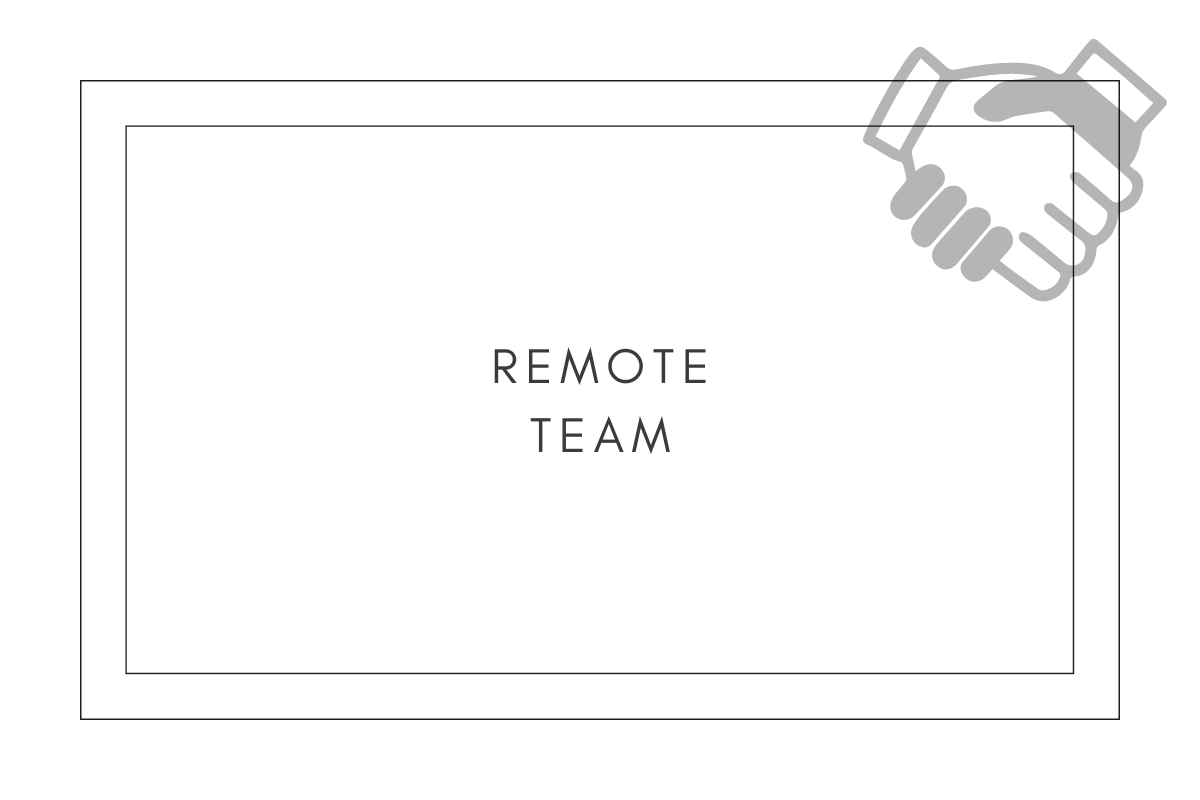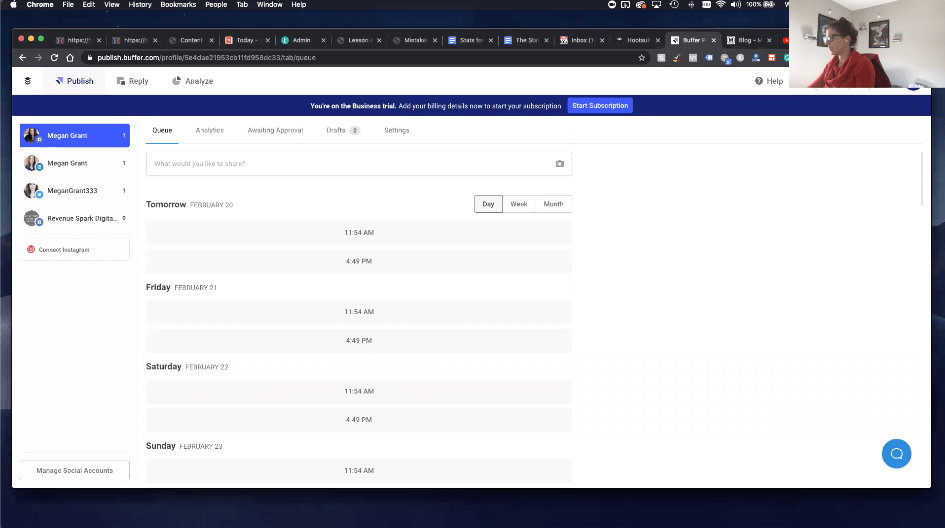Hiring remote workers and building my virtual team was one of the best things I’ve ever done for my business. Not only did it give me the opportunity to grow my business beyond what I originally thought possible, but I’ve learned so much from the wonderful people I work with. And make no mistake about it — it was indeed a massive learning lesson (and still is, and probably always will be). Here are what I believe to be the most important things I’ve learned thus far from building a remote team.
Psst! I have a YouTube video on this, too.
My 3 Biggest Lessons From Building a Remote Team
1. You Have to Hire Four People to Find Just One That Fits
This still catches me off-guard.
For some reason, when I first started interviewing and hiring, I thought I was going to get it right and find the perfect fit on my first attempt. Man, was I wrong.
And why would you expect that of yourself? We often have to do things two, three, four times before we get them right. Finding the right people to build your virtual team is no different.
What I’ve learned is that if I know I’ve got one role to fill, I’ll initially hire probably three people. I do this because I now know that some of them won’t work out. You have to kiss a few frogs before you find your prince/princess.
In the last round of hiring I did, I brought four people onto my team. Very quickly, it was clear that two weren’t going to work out. Several weeks later, I realized that yet another one just wasn’t a good fit for my virtual team.
Out of the four, that left me with one. She’s still with me, she’s amazing, and I hope I can hang onto her forever.
2. Every Task Needs a Process
Whether it’s scheduling out tweets, responding to customer service emails, replying to Facebook comments, writing blog posts, doing keyword research, or something else entirely, every task you give your virtual team needs its own process.
It’s not because they’re stupid or can’t figure it out. I’m constantly in awe of the work my team produces — and I still give them processes whenever I assign a new task.
For instance, when I was first assigning Twitter posts to one of my people, the process laid out the exact format for writing a tweet. It looked something like this:
[title of blog post] [link] [call-to-action] [two hashtags]
I also record training videos so my people can see the work in action. Here’s one I did showing someone how to schedule out social media posts in Buffer.
You do this simply because you know you want things done in a specific way, and they can’t read your mind. The process is there to guide them in the right direction.
Now, does this mean that you’ll never give them room to be creative? I say definitely not. Once someone gets the hang of things and demonstrates they can follow your directions, absolutely give them some wiggle room to play around with things.
For instance, with the person on my team who handles a good chunk of blog content and social media posts, I very confidently know that she understands what the ultimate goal is. She’s very bright, and she knows what we need to do. So, these days, I’ll give her loose guidelines for her assignments, but then she takes it from there. And she knocks it out of the park every single time.
Side Note: Creative Freedom is a Positive Thing
I know that it can be scary to give people a little freedom with their assignments. What if they totally butcher them?
… So what if they do? You simply pull the reins back in and tell them to follow the process exactly. That’s all.
But bear in mind that in many cases, you don’t want to hire people simply to obey orders. You hire people and position them to become the masters of their roles. You hire them to help you make your business better.
They might have really valuable input and feedback. Or they could have ideas for how to do things better or more efficiently. Listen to them! They’re not robots. They’re human beings.
3. Invest in Your Virtual Team and Make Room for Growth
This lesson caused a significant mindset shift for me. My virtual team and I? We invest in each other.
The commitment and dedication they’ve shown me goes beyond what I pay them. They care, and I know this with certainty.
Similarly, I genuinely care about their success, happiness, and sense of fulfillment. I make clear to them that if I give them work they end up hating, then we’ll pivot and I’ll give them something else to do. I don’t want anyone doing anything that makes them miserable.
I always aim to give them all of the tools and training they need. If it’s going to help them produce better work and also makes their jobs easier, it’s worth the time/expense.
Additionally, I try to stay very open about how people’s roles might evolve over time. The people I work with want to grow, and I want to give them the room to do that. Can we expect the people who work for us to do the same tasks, day after day, forever? That doesn’t sound very fulfilling to me.
This kind of goes back to what I said earlier. They’re not robots! And they’re not here just to churn out work and keep their mouths shut.
Of course, you still need boundaries. If a remote worker complains about every task, seems impossible to satisfy, or is constantly coming up with excuses, the problem is likely them.
Your virtual team is going to be invaluable in scaling your business. Stay on the hunt for the right fit. Give them the processes they need. Treat them right. And they’ll take you to new heights.

